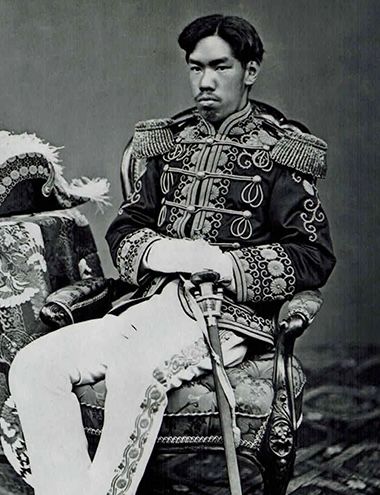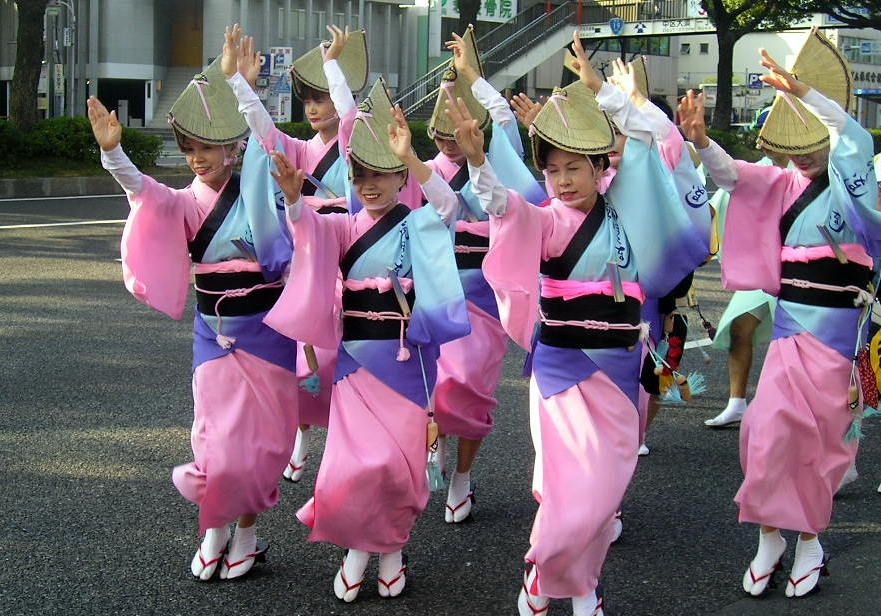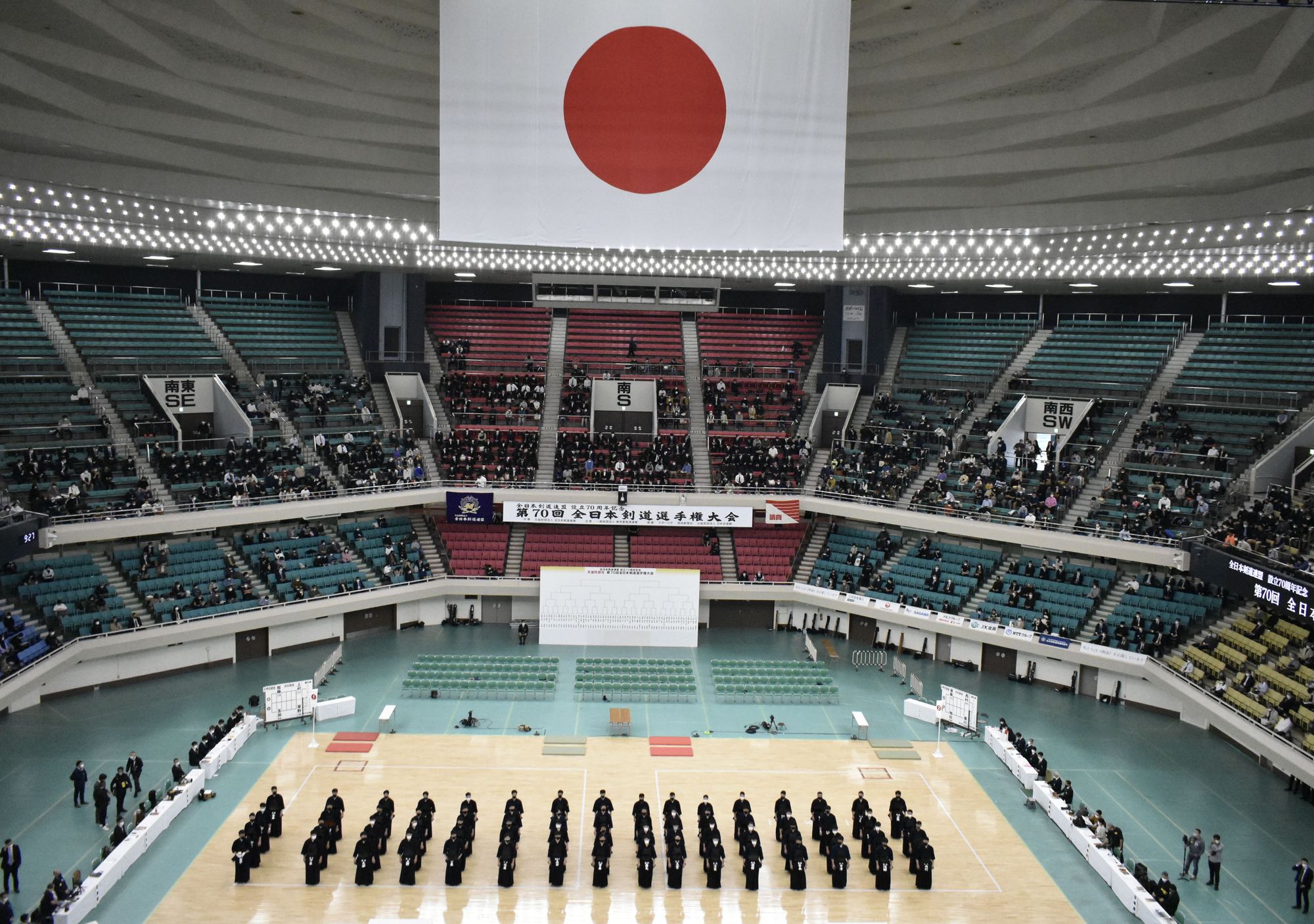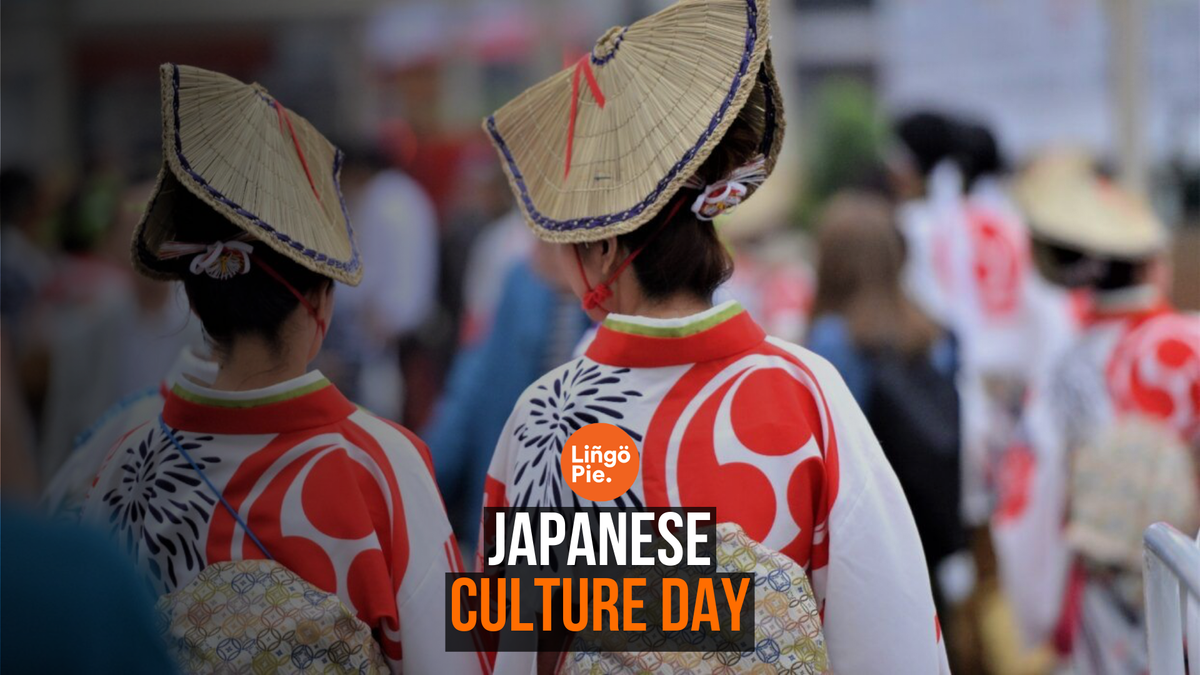Do you love Japan and its culture? If so, did you know that there is a holiday on November 3rd that celebrates the culture of Japan? In this article, we'll take a look at Bunka no Hi 文化の日 or Culture Day, its origins and activities that Japanese people usually do in this celebration. I'm a fan of everything related to Japanese culture and culture in general and I love when it's shown to others and recognized.
At some point in the article, we'll see some vocabulary related to this holiday, and how you can celebrate it while learning Japanese words. Without further ado, let's start!
- Tanabata Festival Guide +15 Japanese Words You Should Know
- Gion Matsuri Guide +15 Useful Japanese Words You Should Know
- Halloween In Japan: A Gaijin's Guide To 6 Spooktacular Traditions

What Is The Japanese Culture Day?
Culture Day, or Bunka no Hi (文化の日) in Japanese, happens every November 3rd. It's a national holiday that celebrates Japanese arts, culture, and education. The day was created in 1948, around the same time Japan's postwar constitution was announced—a constitution that focused on peace and freedom.
On Culture Day, schools and government offices are closed. Museums often let people in for free, and cities host art shows, cultural festivals, and performances. The Emperor also gives out special awards called the Bunkakunshō (文化勲章) or Order of Culture to people who've done important work in arts, science, or culture.
The History Behind The Japanese Culture Day

November 3rd was a celebration of Emperor Meiji's birthday in the late 1800s. On this same date in 1946, after World War II, Japan announced its new constitution, which focused on peace and freedom instead of military power. Two years later, in 1948, the government turned the holiday into Culture Day to reflect these new values.
It's believed that the change was intentional. Japan wanted to honor arts, education, and culture rather than war and empire. That's why the Emperor now gives out cultural awards on this day instead of military honors. Today, the Japanese Culture Day represents the country's commitment to peaceful achievement and creative expression.
How Japanese People Celebrate Culture Day
Free Museum Days and Art Exhibitions
Many museums and art galleries across Japan open their doors for free on Culture Day. It's one of the most popular perks of the holiday. Families visit national museums, local art centers, and historical sites without paying admission.
Today, you'll find special exhibitions featuring traditional Japanese art, contemporary works, and cultural artifacts. Some venues even host workshops where visitors can try calligraphy, pottery, or other traditional crafts.
Cultural Festivals and Performances

Local neighborhoods organize festivals celebrating Japanese traditions. You might see tea ceremony demonstrations, ikebana (flower arranging) displays, or traditional dance performances. Some cities hold parades with people dressed in historical costumes from different periods of Japanese history. Martial arts demonstrations, like kendo or judo, are also common. These events give people a chance to experience customs that connect modern Japan to its past.
The Order of Culture Awards
The most formal event happens at the Imperial Palace, where the Emperor presents the Order of Culture awards. These prestigious honors go to individuals who've made significant contributions to Japanese culture, science, or the arts. Recipients might include novelists, painters, scientists, or musicians. The ceremony is broadcast on television and represents the highest recognition of cultural achievement in Japan.
School Events and Community Activities

Schools often mark Culture Day with their own celebrations, even though it's a holiday. Many hold art competitions, essay contests, or cultural presentations in the days leading up to November 3rd. Community centers host poetry readings, music recitals, and theater performances.
Culture Day Vocabulary: Essential Japanese Terms
Learning the language around Culture Day helps you understand what makes the holiday meaningful. These words pop up in conversations, TV shows, and news coverage every November. Whether you're watching a Japanese drama on Lingopie or planning a trip to Japan, knowing these terms adds context to what you see and hear.
| Japanese | Kanji | Meaning |
|---|---|---|
| Bunka | 文化 | Culture |
| Dentō | 伝統 | Tradition |
| Geijutsu | 芸術 | Art |
| Tenrankai | 展覧会 | Exhibition (especially art exhibitions) |
| Kimono | 着物 | Kimono |
| Shodō | 書道 | Shodo, the art of calligraphy |
| Budō | 武道 | Budo, martial arts |
| Kendō | 剣道 | Kendo, Japanese fencing |
| Sadō/Chadō | 茶道 | Tea ceremony |
| Wafuku | 和服 | Japanese clothing |
| Wagashi | 和菓子 | Japanese sweets |
| Wabunka | 和文化 | Japanese culture |
| Nihonga | 日本画 | Japanese painting |
| Bunkasai | 文化祭 | Cultural festival |
| Haiku | 俳句 | Haiku, Japanese poetry |
Watch Culture Day Celebrations Through Japanese Media
One of the best ways to understand Culture Day is by watching how it appears in Japanese shows, dramas, and documentaries. You'll see characters attending cultural festivals, visiting museums, or participating in traditional activities.
Anime often features school cultural festivals (bunkasai) where students perform plays, host tea ceremonies, or display art projects. Historical dramas might show scenes of calligraphy competitions or traditional costume parades. Watching these moments in context helps you connect the vocabulary to real celebrations.
How Lingopie Helps You Learn Through Culture

Lingopie makes this learning process natural and engaging. The platform offers Japanese shows with interactive subtitles, so you can click on unfamiliar words as you watch.
When a character mentions tenrankai (exhibition) or sadō (tea ceremony), you can instantly see the definition without pausing the show. You're not just learning isolated vocabulary—you're absorbing how these cultural terms get used in everyday conversation and special occasions.
Try Lingopie to Learn Japanese Through Culture
Culture Day represents everything that makes Japan unique: its respect for tradition, dedication to the arts, and appreciation for peaceful achievement. The best way to experience this isn't through textbooks but through authentic Japanese media.
With Lingopie, you can explore shows that celebrate Japanese culture while building your language skills naturally. Click on words, save them for review, and watch how traditions like Culture Day come to life on screen.
Start your free trial today and see how much easier Japanese becomes when you learn it through the stories and celebrations that matter.





![How To Speak Korean: Classes, Apps, And Immersion Tips [2025]](/blog/content/images/size/w1200/2025/10/how-to-speak-korean-2.jpg)

![Japanese Onomatopoeia: 70+ Words You’ll See In A Manga [Guide]](/blog/content/images/size/w300/2025/12/Japanese-Onomatopoeia.jpg)

